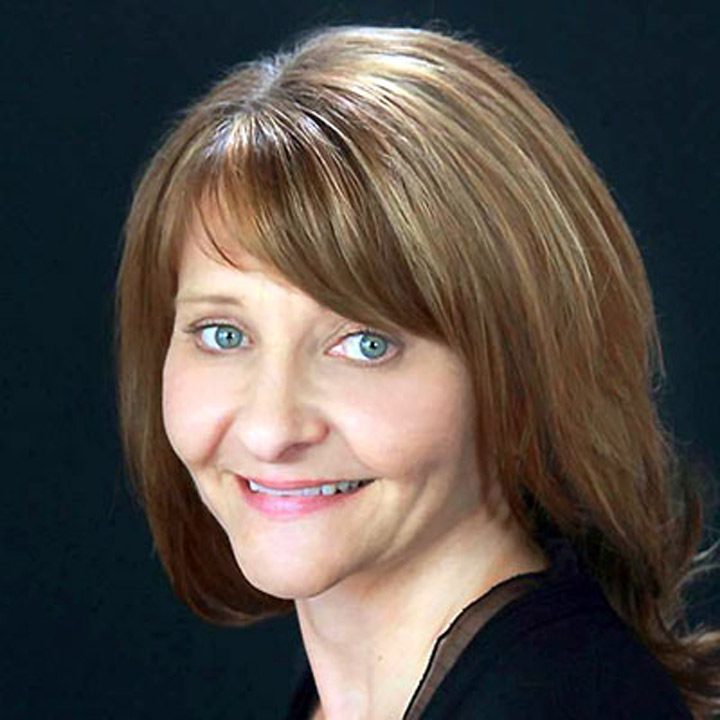
The following is a message from Kathleen Parrish, Cottonwood’s Senior Director of Clinical Operations and Community Outreach:
I love to look at houses. I could spend entire weekends wandering through “Open House” events, admiring each home as though it were a museum. I love the stalwart charm of older homes with their unique fixtures and exposed brick walls. I love to imagine the story of each house, to know whom it sheltered, what it survived, the strength of its foundation. A solid infrastructure can withstand years of stress, fierce storms, and an unpredictable environment.
In many ways, we are like a house. We can only stand strong to the degree to which we can rely on our foundation and internal structure to hold us. Much like a house, we are unable to choose the way in which we are initially built. This infrastructure comprises many components such as our genetic make-up, environmental factors, and the family system to which we are born. Parents are our first teachers, influencing our ideas and role-modeling how we should manage stress, disappointment, fear, and hardships. Furthermore, our life experiences and how we face them (and how we watch our parents face them) are roadmaps that we tend to follow throughout our lives.
Let’s imagine a child who is endowed with perfect genetics, ideal role-modeling, and a pristine environment. This child has loving parents who shelter him from difficulty when needed but expose him to enough struggle that he learns to view himself as competent when chaos comes his way. This child learns what it means to overcome and recognizes his own resilience in the face of stress. Furthermore, he has learned how to cope with feelings of fear and find hope, even in the direst of circumstances. As an adult, this is a person who may be more successful in coping with personal and global threats. But how many of us have the fortune of an idyllic childhood, perfect genetics, and the perfect balance of stress and peace to build resilience?
Many of us grew up in environments of chaos. Perhaps we watched as parents destroyed themselves in a spiral of addiction or maybe we suffered abuse at the hands of a violent or insidious perpetrator. We may have learned early on of our potential to be abandoned by those who should never leave.
Considering our pain and suffering, we may have chosen to abandon ourselves to quiet our internal storm. We may have looked to our adult caregivers for answers and reassurance only to be met with a greater sense of panic instead. For many of us, it was as though we were born in a burning building and the firefighters on duty could only sit, rocking in a corner of the room, while the structures around us turned to ashes. As a result, we may then spend our lives vacillating between dissociation and self-destruction. We may lean toward panic in times of distress and hopelessness in times of uncertainty.
Today, our environment is riddled with uncertainty and trauma. As a nation and as a world, we are under siege by a silent, deadly and viral enemy. In addition, we are bombarded by the news of mass deaths and illness as hospitals are overwhelmed and the pandemic grows. We watch behind windows as businesses are shuttered, and droves of people lose their jobs. We have become frightened of one another, terrified of what the other person might be carrying. We are all considered vectors, capable of infecting or killing others. We cast angry and suspicious glances at those who sneeze or cough, while we cover our faces in masks and bathe ourselves in disinfectants. We are afraid to hug, afraid to gather, and afraid to hope.
At this moment in time, we are anxiously looking toward our leaders, our protectors and our esteemed and learned scientists. We want to know if we’re going to be okay. We want to see evidence of action and protection. We want to be told that we will get through this and soon. We are hoarding supplies—stockpiling ridiculous amounts of toilet paper and hand sanitizer. We are trying to create a sense of security for ourselves because we are afraid. Our proverbial houses of certainty are burning down and no one seems to know how to stop the damage. We are all hunkered in the corner of our lives, watching the ashes fall around us. It is in times like this that we must lean on our infrastructures of courage and resilience.
We are all coping with this pandemic—a national tragedy—in different ways. Some of us are quietly reflective while searching for meaning in this experience. Some are in denial of the severity of what is happening around us. Others are spiraling in panic, obsessively reading the news and peering in suspicion at those around them. The internet is abuzz with memes about panic-buying, germ phobia, Corona Beer, and the challenges of quarantine—all of them reflective of our struggles to comprehend our current experiences. We are all relying on our infrastructures to help us cope with this unthinkable disaster. Some of us will undoubtedly thrive more easily than others. Some of us will be more prone to crumble. As we employ social distancing to protect the most medically vulnerable among us, we must also shield the most emotionally vulnerable among us. There are people in quarantine who may not survive this period of isolation. They will not die from COVID-19, they will die from overdose or suicide. They will die because their infrastructure crumbled.
Whether we are helpers, healers, family, friends, we are human beings and we are responsible for one another. In the midst of this sweeping pandemic, we must be in the habit of connecting. Our responsibility to and support for one another is crucial, if we are to survive. Connection is a crucial anecdote for suffering, amid a time fraught with anxiety and loneliness. Trauma is a highly individualized experience, and we cannot know how others may be experiencing these current events.
We cannot assume that those around us are coping. Instead, we must ask, we must connect, we must acknowledge, and we must support those whose infrastructures are at risk of collapse. Most days are manageable for me, despite our dire circumstances. I try to maintain a hopeful perspective and find balance between information seeking and fear mongering. I am drawn to friends who lift me up and provide me with moments of levity. I know who may be struggling with fear and I keep their struggles in mind when they invite me to swim in the mire of hopelessness. I try to call on the foundation of my own resilience and remind myself of my capacity to overcome hardships. I believe that we will emerge from this current darkness, shaken but not broken. In the meantime, I will embrace hope and continue to strengthen my own infrastructure while we wait for the fire to burn out.







